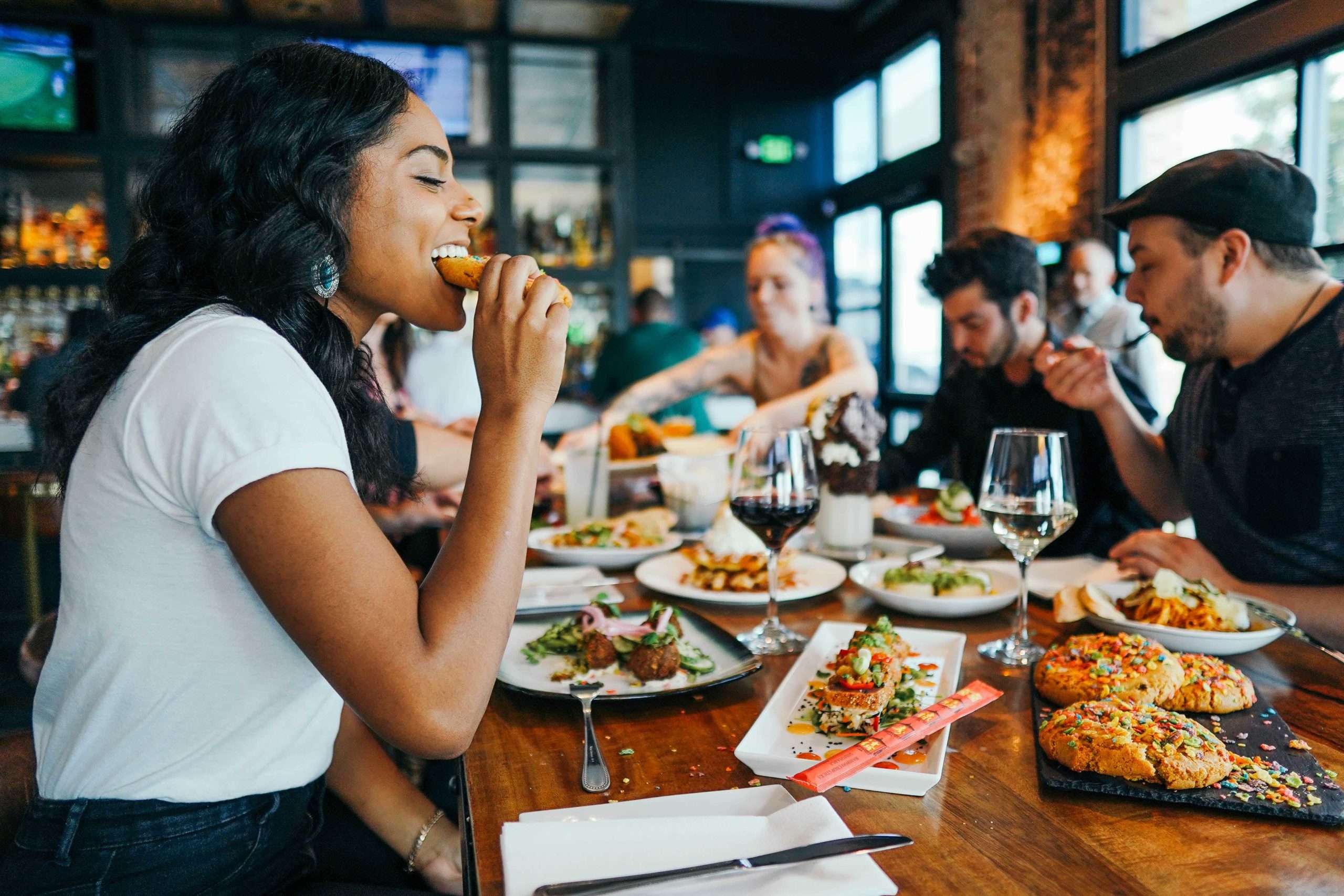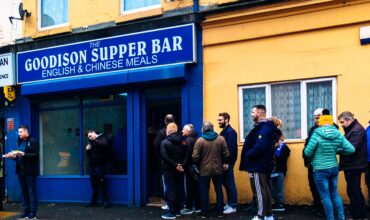Why do restaurants fail?
A piece of conventional wisdom is that most restaurants fail within the first year of opening. While the jury is still out on this anecdote, one thing is for certain: staying in business, remaining profitable, and growing a food business isn’t easy.
As a restaurant owner, expansion should be part of the plan from day one. Having a restaurant business strategy enables you to maintain the success of the initial operation and gives you the vision to branch into new venues and opportunities. Restaurant development takes a lot of planning and requires a great deal of adaptability. The restaurants that succeed in the long-term do so by developing a keen understanding of what works for their business.
Here are some best practices for growth you could incorporate into your restaurant’s strategic plan to scale your business.
Plan Years Ahead and Embrace Continuous Innovation
The food service industry is an incredibly high-cost, low-profit margin business. It’s also highly dependent on market conditions, as proven by the Covid-19 pandemic. As a result, even restaurants with delicious food, stellar ratings, and competent staff have to walk a tight rope to survive. As a restaurant owner, it’s crucial to look years ahead so as to build flexibility and resilience into your restaurant’s long-term strategic plan.
A restaurant business strategy will help you understand the impact of economic conditions and supply chain disruptions on cash, working capital, and profitability so that you can adapt your operations accordingly.
With a long-term growth strategy, you can:
Be prepared to quickly respond to the changes outside your usual business processes.
Proactively manage your key stakeholders, including suppliers and investors, to keep your business running even in difficult times.
If your forecasts require you to open a new branch or move venues, you can understand the financial impact of this and assess the equity or debt funding sources available to you.
Have an extended cash flow to safeguard business operations during downturns.
Find opportunities to reduce costs and increase profits.
There are many ways a restaurant can embrace innovation, from adding new business opportunities like delivery services or revamping the very look and ambiance of a restaurant to attract a different pedigree of customers. But all this starts with a comprehensive restaurant development plan.
Reward Customer Loyalty
Growing food businesses are successful for several reasons—one of them being their ability to attract repeat customers. A restaurant strategic plan allows you to understand your brand identity and the kind of people who gravitate towards it. This way, you can better meet their needs and wants.
Today, many restaurant owners are turning to loyalty programs to expand and retain their customer base, and for a good reason. Loyalty programs not only have a great return on investment, they’re also a tool you can leverage to bring back repeat diners and have them spend more. Whether it’s a discount coupon or a free birthday dinner, reward programs keep your customers happy enough to come back while allowing you to foster deeper bonds with them.
Examine the Efficiency of Your Establishment
Part of developing a restaurant business strategy is to analyze the performance of your business.
Keep track of your kitchen and restaurant management KPIs to evaluate how effectively your restaurant is utilizing available resources. Before expanding to your next site, it’s crucially important to eliminate any redundancies and inefficiencies in your existing operations.
Some items you can track include:
Cost of goods sold – Allows you to identify areas for cost reduction
Menu item popularity and profitability – Which items yield the most significant return? Does pricing affect popularity?
Production time per dish – Determine how you can best keep customers entertained and engaged based on turnaround time.
Food wasted per food purchased – Minimizing food waste is a major concern for restaurateurs because of the costs incurred
Average table occupancy – How many diners visit your restaurants during a period, and do you have enough seating capacity?
Visits by top customers – How much more are your repeat customers spending compared to one-time guests? How effective is your customer loyalty program?
A restaurant strategic plan is the key to keeping your restaurant efficient and running like a well-oiled machine, even with a sudden influx of customers.
Create an Effective Customer Loyalty Program with Glue Loyalty
Reinforcement and reward – these are the two core principles of an effective customer loyalty program. Loyalty programs don’t reward how much customers spend; rather, they reward a customer’s behavior. Doing so enables you to convince customers to continue dining at your restaurant and order food online. What’s more, offering discounts or free items for special days make your customers feel valued and appreciated, creating deeper, more meaningful connections.
You can do all this and more with Glue Loyalty. Build a loyalty program that brings in new customers and engages existing clients.




